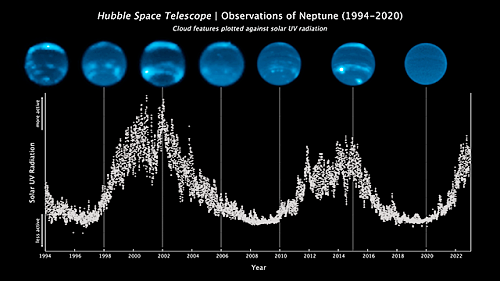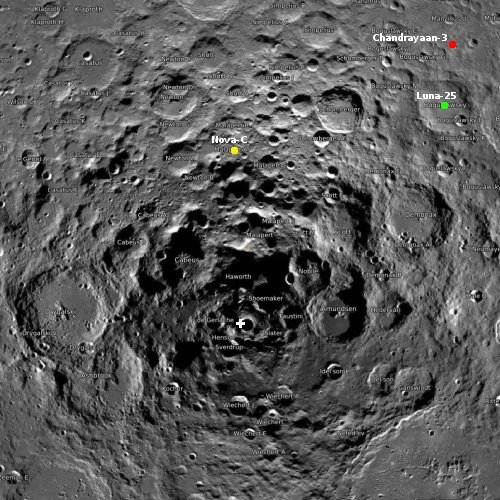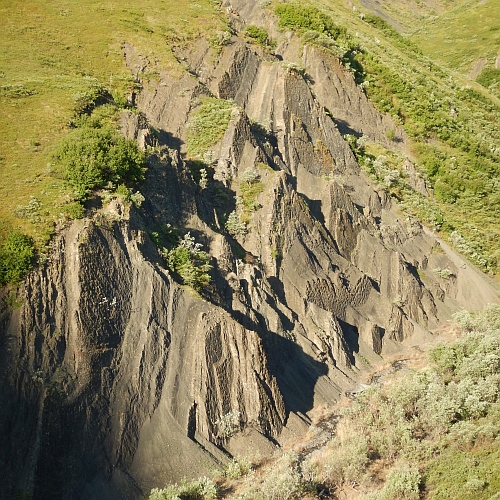August 17, 2023 Zimmerman/Pratt on Texas podcast
I appeared today for about 45 minutes with Robert Pratt as part of his Pratt on Texas podcast, discussing a whole range of blacklists stories with him. We also talked about my most recent book, Conscious Choice, which if you are a fan of my work and have not yet read it you need to buy it now! No more delays or procrastination! You have your orders.
This is part one of a two part interview, the second half of which Pratt plans to post this coming week.
That podcast is embedded below. It can also be listened to here.
» Read more
I appeared today for about 45 minutes with Robert Pratt as part of his Pratt on Texas podcast, discussing a whole range of blacklists stories with him. We also talked about my most recent book, Conscious Choice, which if you are a fan of my work and have not yet read it you need to buy it now! No more delays or procrastination! You have your orders.
This is part one of a two part interview, the second half of which Pratt plans to post this coming week.
That podcast is embedded below. It can also be listened to here.
» Read more













